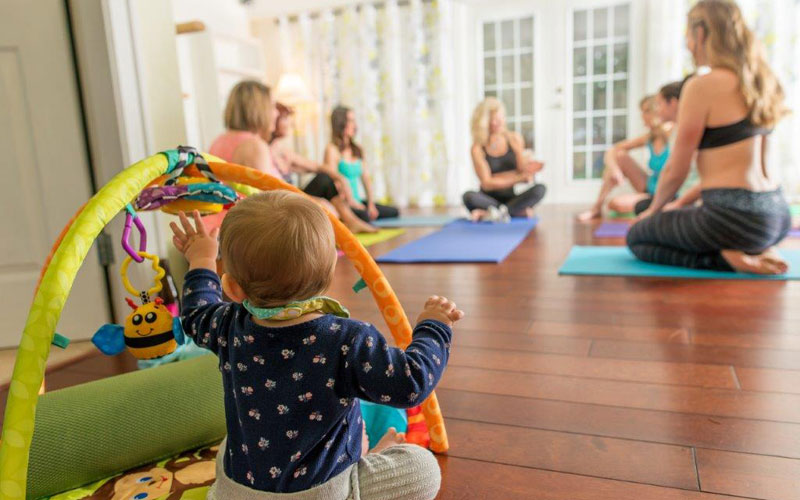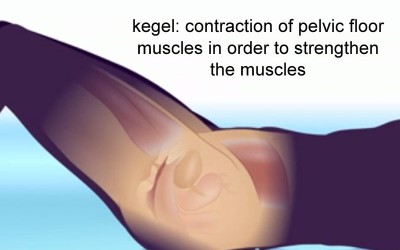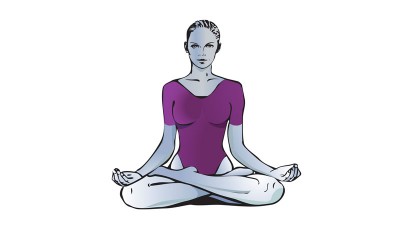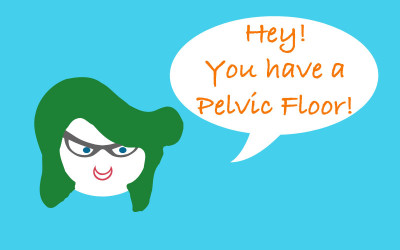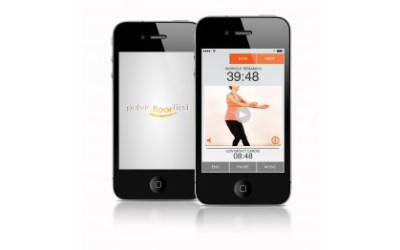Expert Opinion – Cheryl Leia
Certified Pelvic Health Physiotherapist
Coretiques developer and master trainer
Instead of “Think Kegels”, “Think Pelvic Health” to Rid Yourself of Stress Urinary Incontinence
We asked pelvic health specialist Cheryl Leia about the issues surrounding stress incontinence and pelvic health, and possible treatment strategies. Cheryl is a certified pelvic health physiotherapist specializing in women’s health. She offers group classes for core training (Coretiques) at her North Shore Studio. One of the things she likes best about her work is the rewarding feeling she gets from watching clients get positive results quickly. Here’s a Q&A with Cheryl:
Q. Often the response to ‘I leak a little’ is “kegels kegels kegels”. Are kegels the answer?
While kegels or pelvic floor contractions might be the answer in some cases, there are a few problems with focusing exclusively on kegels. The first is that kegel exercises strengthen a very specific part of a very broad system, when in fact the issue might not even be a weak pelvic floor. There’s also the question of how exactly to do kegels; what are kegels? Women are often uncertain about how to do the exercises correctly, which means they might not be effective. Then there’s commitment to the exercises. If you’re not doing them correctly and you’re not seeing results, it’s hard to believe in pelvic floor exercises. A pelvic floor that is too loose or too tight won’t respond efficiently, its much more than just strength.
Q. What causes stress incontinence?
It can be caused from a variety of issues, which is why it’s important to look at the system as a whole. Some of the reasons include: pelvic organ prolapse, (pelvic organs dropping, ) the timing, coordination, strength of our postural muscles , the diaphragm and/or our hip and leg muscles , can all contribute to the problem.
The cause of stress incontinence from jumping may not be the same as the cause from sneezing. Ultimately the urethral sphincter isn’t staying closed to keep urnine in. All of this means that an understanding of your core as a system – which pieces of the puzzle are working for you and which ones need training – is essential.
Q. Does a strong pelvic floor mean that stress incontinence will resolve?
The pelvic floor gets blamed for a lot when really it’s part of a complex postural/ stability/mobility system that must work together. The core system supports and stabilizes your body, holds pelvic organs up, contributes to strength, balance, sexual function, and elimination. If one of the pieces of that system isn’t functioning correctly, issues such as stress incontinence may manifest. A poorly functioning system could also lead to other problems such as poor digestion, unsatisfactory response, poor balance or joint pain.The pelvic floor absolutely needs to be strong and responsive to work in coordination with the entire core system.
Q. When is the right time for a woman to seek help with resolving SUI?
It’s never too early to seek treatment if you have stress incontinence. It’s common – lots of women have it, but it’s not normal, meaning that you shouldn’t have to tolerate it. With a clear understanding of the core and how to support it, stress incontinence doesn’t have to be an issue, even during extremely high-intensity exercise.
Stress incontinence is often brushed off as ‘no big deal’ but it is a big deal and it gets bigger if not treated. There’s constant worry, women stop doing physical things; moving, jumping, playing. It impacts their whole day and can leave them feeling broken. It’s also expensive – women can spend up to $2000/yr on mini pads for light leakage.
The main question is “how much does it bother you?” If managing stress incontinence bothers you, it’s a good time to seek treatment.
Q. What is the Coretiques exercise program?
Coretiques is a core training program focused on creating an environment in your body that is available and responsive to daily demands. It’s exercises and education in a small group environment. The program was developed as a result of having found repeating patterns of commonality among clients that could be addressed through strengthening, postural correction, breathing techniques. These elements are all part of the class along with hypopressives, which is based on a yoga technique to encourage a lifting of the pelvic organs.
Women who participate in the class appreciate the group dynamic and the regular weekly sessions – it’s a good way to stay focused on treatment if you have a hard time doing exercises at home. It’s not unusual for participants to see a significant improvement in stress incontinence within just a couple of weeks.
Q. Any tips for women with stress urinary incontinence?
Know that you’re not alone and that you don’t have to live with it. The core system is complex and sometimes needs ‘recalibrating’ – your own body can be put to work to combat stress incontinence. If stress incontinence is affecting daily living in a negative way, if you’re becoming a spectator instead of a participant, consider working with a pelvic health specialist for support.
To learn more about Cheryl Leia and Coretiques core training classes, please visit Physiotiques

